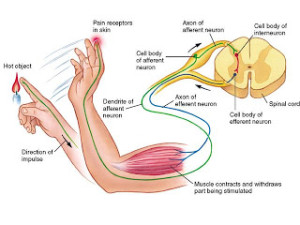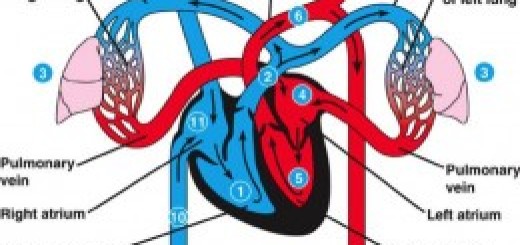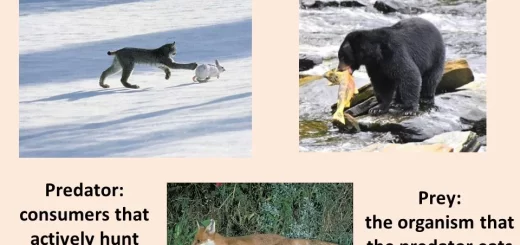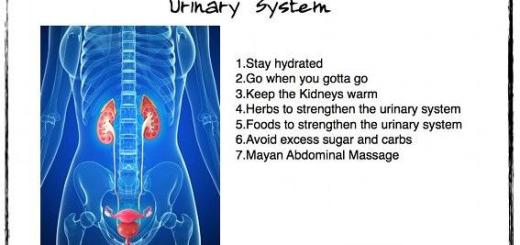How does the reflex action occur in the human body?
The reflex action
Your body makes an involuntary response by the nervous system and this happens when your body is subjected to the external stimuli such as the strong light, the heat or smell ……..etc.
This involuntary response is called the reflex action, The reflex action is the automatic (spontaneous) response of the body to the different stimuli and the responsible organ for the reflexes is the spinal cord.
Examples of the reflex action
Your body makes the reflex action when you touch a plant with sharp thorns, you move your hand away quickly, The body withdraws the hand quickly on touching a hot surface, and it sweats in the hot days.
Constriction of the eye pupil occurs on the intense light and its widening occurs in the dim light, You blink when something gets close to the eye, and your body is trying balance during sliding down due to the reflex action.
We run quickly when we see a fast-moving car coming towards us or when we hear a near explosion due to the reflex action and we secrete the saliva on seeing or smelling the good food.
How is the reflex action occur when you touch a plant with sharp thorns?
The severity of the thorns affects the nerve endings in the fingers producing the nerve impulses, The nerve impulses are transmitted to the spinal cord through a sensory nerve fiber.
There are some nerve impulses produced by the spinal cord which transmitted through a motor nerve fiber to the arm muscles (without the brain’s intervention), So, the muscles contract and the arm is withdrawn away from the thorns.
The other nerve impulses produced by the spinal cord are transmitted to the sensory centers in the brain which lead to the true sense of pain.
The reflex action when you touch a hot surface
The sensory neuron carries the information in the form of a nerve impulse to the spinal cord, The sensory receptor in the hand detects the hot object, An interneuron in the spinal cord passes the impulse to a motor neuron.
The motor neuron carries the nerve impulse to the muscle, So, the muscle contracts and the hand pulls away from the hot object.
Histological organization spinal cord, Relation between spinal & vertebral segments
Physiology & function of the spinal cord, Lateral & medial brainstem pathway
Physiology of central human reflexes, Types & properties of Spinal cord reflexes
Nervous system in man, Nerve cells types & Nature of nerve impulse
Nervous system (Central nervous system, Peripheral nervous system & Autonomic nervous system)
Human Transport System, Structure of human circulatory system (heart, blood vessels and blood)





Awesome what a shortcut writing
Thank you very much for your comment